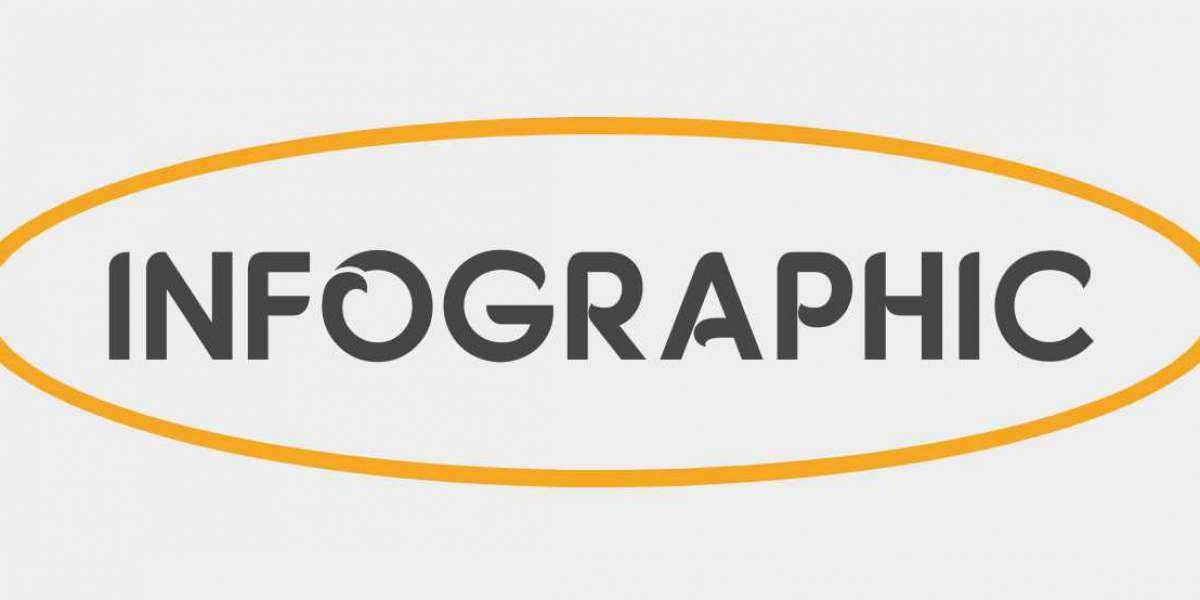If you're a university student in Australia, you probably have already encountered Turnitin, which is an online plagiarism detection tool and has almost become a standard in tertiary education. But Turnitin does not serve as a plagiarism checker only. There are many ways it is an excellent learning tool to help with your academic writing skills, research work, and ethical behavior when using it correctly.
In this guide, we will explain the Turnitin functionality and its applications at the land of kangaroos’ universities and, most importantly, we'll show you how you can use it to assure your work doesn’t trespass academic integrity but meets the highest criteria of quality.
What is Turnitin?
At present, Turnitin is an internet based program used by universities, colleges, schools and other educational institutions worldwide where all the major Australian universities are active users. Turnitin's main purpose is to compare students' work with other student submissions, as well as with a huge number of academic papers, and from the internet, in order to detect plagiarism.
The tool generates a Similarity Report where the text in a student’s paper that is found to be the same as the sources within its database is matched. This report reveals plagiarism by the means of a Similarity Index which is usually expressed as a percentage of plagiarized content among other sources.
How Turnitin is Used in Australian Universities
Australian universities are known to deploy the Turnitin application for the following reasons:
- Academic Integrity Monitoring: The system is used to check the honesty and ethics of students. Universities use it to confirm if a student has plagiarized a paper or if the similarity was by mistake.
- Formative Feedback Tool: In fact, some universities facilitate pupils to adopt Turnitin professionally as a self-examination instrument. This makes it possible for you to correct and enhance your work before submitting the final one.
Many colleges in Australia permit students to make use of Turnitin for sending a rough copy of their articles, thus gaining access to the Similarity Report and seeing it before they deliver the final copy.
Moreover, the policies differ from one institution to another, between faculties and sometimes between courses. It is always recommended to check your course’s Turnitin policy through the use of your university’s learning management system (for example, Canvas, Moodle, or Blackboard).
Understanding the Similarity Report
One of the most misunderstood aspects of Turnitin is the Similarity Report. Here’s how to interpret it:
Similarity Index: This is the overall percentage of matched content. A high score doesn’t necessarily mean plagiarism, and a low score doesn’t always mean your work is original.
Colour Coding: Matches are colour-coded and numbered to indicate their sources. For example, red might be a direct match to a journal article, while green could be a match to another student’s paper.
Match Breakdown: You can view each matching source, along with the part of your text that was flagged.
What is an "Acceptable" Turnitin Score?
There is no universal "safe" percentage, but here are some general guidelines:
0–15%: Typically acceptable, especially if the matches are properly cited quotes or commonly used phrases.
16–30%: May require review; look for long unquoted passages or poor paraphrasing.
30% and above: Likely to raise red flags; thorough review and revision are necessary.
Again, context is everything. A high percentage caused by well-cited quotations and reference lists is very different from one caused by copied content without citations.
How to Utilize Turnitin in the Best Way
Turnitin can play two roles, it can also be a learning tool. See below how it can benefit you:
1. Pre-check the Drafts
Whenever it is allowed by your university, make sure to submit a draft. Do not lose the chance to get a feedback early on, and once the Similarity Report is out, go through your work and make the necessary changes.
2. Paraphrase Sensibly
Should you, by any chance, learn from Turnitin that some of your content should be paraphrased, go back to these sections and check if you have actually accomplished good paraphrasing. Effective paraphrasing is not only about replacing words with synonyms, but rather rewriting the sentence using your own words.
3. Your Citing Skills Reinforce
First, the indicated content should be rephrased, so the source can be cited afterwards. Remember to apply the citation style your class requires (APA, Harvard, MLA, etc.), and always construct a bibliography.
4. Do Not Overuse Quotes
While the references might be rightfully mentioned, overuse of quotes can bring harm to your academic image. Your target should be to present the source through a mix of paraphrase, direct quote, and summary.
5. Get Your Essay Checked for Plagiarism
Reusing old work of yours without proper authorization can be a cause for Turnitin to mark you for plagiarism. If you are working off your previous work, talk to your professor or advisor about how the material can be used appropriately.
Tips for Reducing Your Turnitin Similarity Score
Write in your own voice: Avoid copying and pasting from sources. Use them to inform your ideas, not replace them.
Paraphrase properly: Change both the structure and wording of the original sentence.
Quote selectively: Use direct quotes sparingly and only when the original wording is crucial.
Cite all sources: Every idea or fact that isn't your own needs a citation, even if you’ve paraphrased it.
Exclude the bibliography (if allowed): Some universities configure Turnitin to exclude the reference list, which helps prevent false high scores.
Common Turnitin Myths in Australia
❌ Myth 1: A high similarity score means I plagiarised.
Not necessarily. It depends on what was matched. Properly cited quotes and common phrases can contribute to a high score.
❌ Myth 2: I can trick Turnitin by changing a few words.
Turnitin is designed to detect poor paraphrasing and will still flag content that’s too close to the original.
❌ Myth 3: Turnitin stores my paper and shares it.
Turnitin stores papers in a secure database only accessible by your institution. It does not share your work publicly.
Academic Integrity in the Australian Context
Australian universities are dedicated to academic integrity. This is demonstrated through the myriad of policies each institution has for handling dishonest academic behaviour along with the students who commit such offences. The possible consequences of such actions may range from the student's failing of the assignment to the student's failing of a course, or any more serious disciplinary actions.
There is also a bright side! Besides being strict with academic misconduct, universities also provide services to help students. The Academic Skills Units, as well as the Learning Centres, are in every university and offer those who seek help the chance to access a variety of resources and to be part of interesting workshops on how to paraphrase, reference, and use Turnitin effectively.
Final Thoughts
The first encounter with Turnitin tends to cause one great anxiety, but not to worry, when used efficiently, it is a weapon that is difficult to beat. Indeed, in Australian universities, Turnitin is not just an anti-plagiarism tool, for it is also a mechanism incorporated for the purpose of imparting knowledge to young minds the best ways to interact with the sources of information ethically and improve their academic writing help in the future.
The following is a brief summary for the proper use of Turnitin:
- Make sure you are familiar with the policy of your university on Turnitin submissions.
- Make good use of it as soon as you can and analyze the Similarity Report thoroughly.
- Be sure to include paraphrasing, citation, and originality in your overall work.
- Observe Turnitin as a supportive tool for learning, and not as a tool used to reassess the originality of one's writing.
- Should you be in a quandary, do not hesitate to reach out to your lecturer, or other academic supporting staff.
With a positive perspective on Turnitin in your mind, you can not only escape the problems of plagiarism but also develop into a very assured, independent, and ethical scholar.









